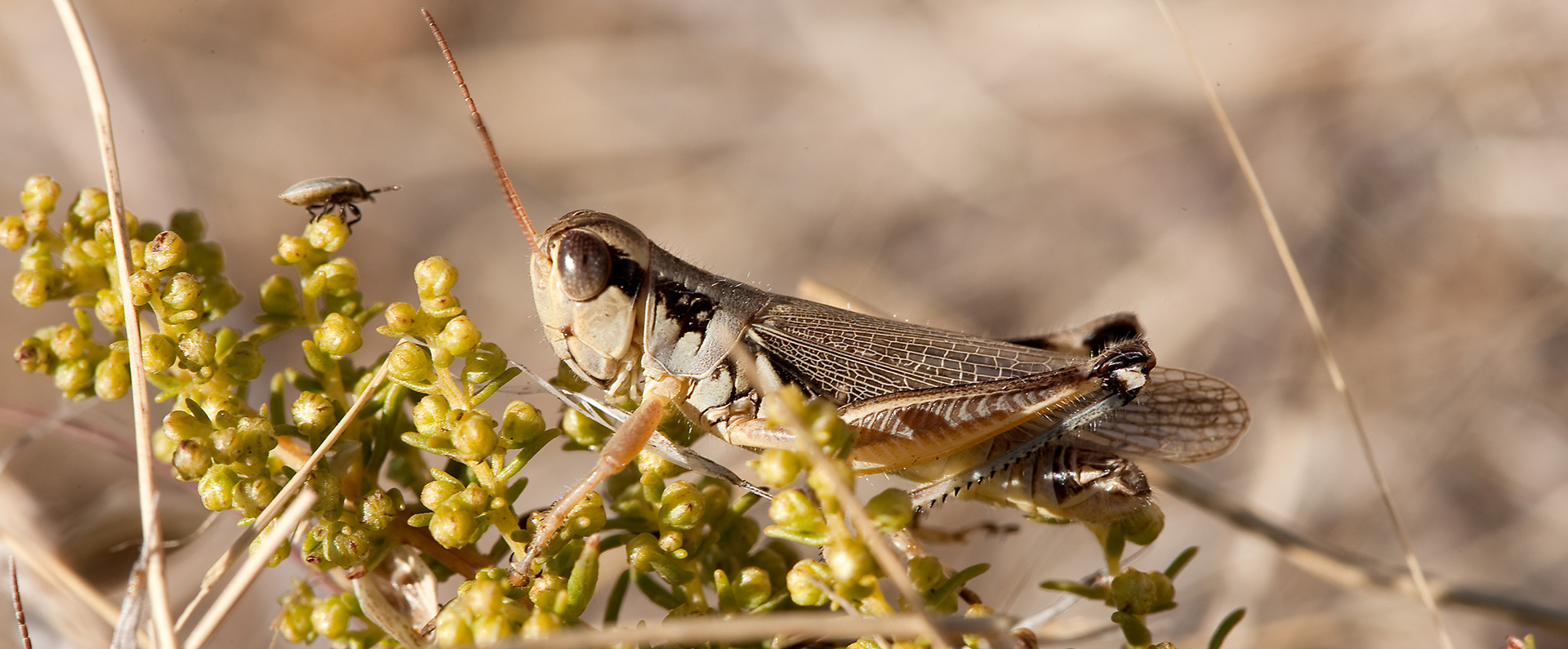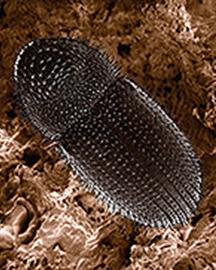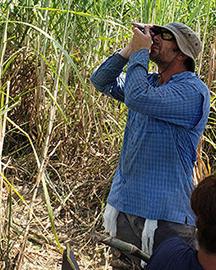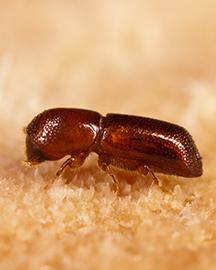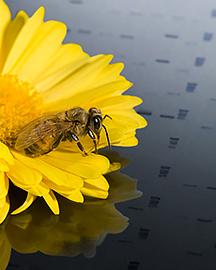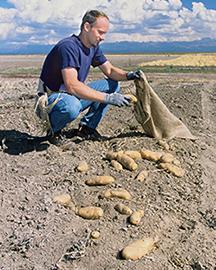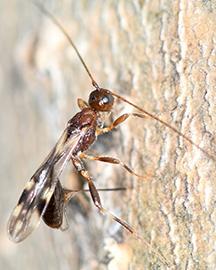Hopping to Action Against Climate Change
With their huge appetites and ability to quickly leap from plant to plant, grasshoppers are often viewed as pests or nuisances. However, researchers with the ARS Pest Management Research Unit in Sidney, MT, discovered that these critters may have a larger environmental role to play. Research findings indicated that the presence of grasshoppers, as well as their diets and feeding patterns, had a notable impact on their surrounding environment, particularly in terms of soil community composition and function.
One crucial effect was an increased level of carbon stored belowground, which suggests that grasshoppers may have influence over carbon sequestration processes – a novel yet relatively unexplored avenue of research. These findings not only have significant implications for rangeland systems and grazing livestock, but also potentially in the development of future climate change mitigation tactics.



